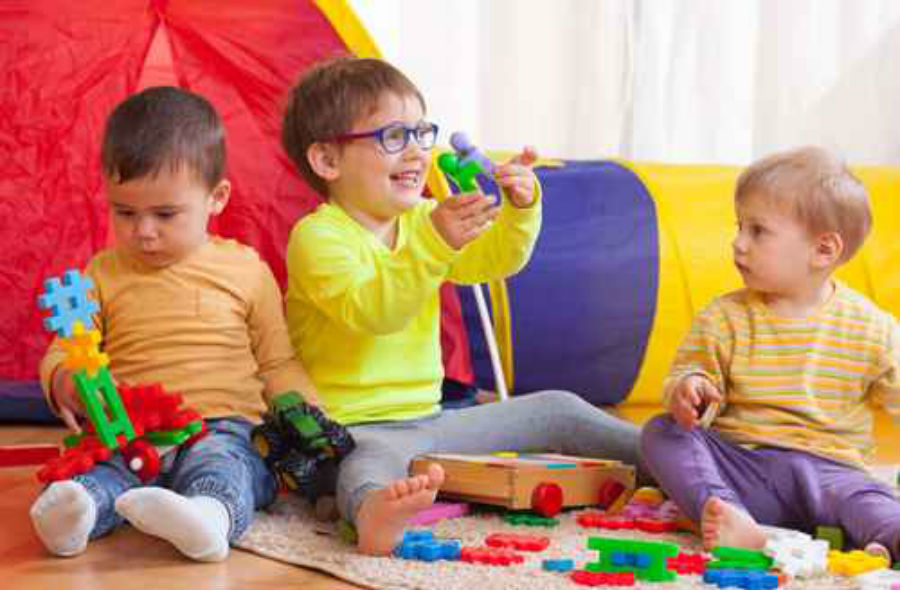Playful Wonders: Exploring the World of Toys and Games – In a world that often moves at a breakneck pace, there’s something timeless and enchanting about the realm of toys and games. These simple, yet profound elements have been an integral part of human civilization for centuries, offering not just entertainment, but also serving as tools for learning, development, and fostering creativity.
The Evolution of Playthings
To understand the significance of toys and games, it’s essential to trace their evolutionary journey through history. The earliest toys were rudimentary, often crafted from natural materials such as wood, stone, and clay. Ancient civilizations, from the Egyptians to the Greeks, recognized the importance of play in the lives of children and adults alike.
Fast forward to the Industrial Revolution, and the mass production of toys became possible. This period marked the advent of iconic toys that have stood the test of time, such as the rocking horse and the teddy bear. The 20th century brought about a revolution in toy manufacturing with the introduction of plastics, giving rise to an explosion of colorful, affordable playthings.

The Educational Power of Play
Toys and games aren’t merely idle distractions; they play a crucial role in the cognitive and emotional development of individuals, particularly in childhood. Educational toys have gained prominence for their ability to combine fun with learning. From building blocks that teach spatial awareness to interactive electronic games that enhance problem-solving skills, the market is teeming with options designed to stimulate young minds.
Researchers and educators alike emphasize the importance of play in developing a range of skills, including social, motor, and cognitive abilities. Toys that encourage open-ended play, where children use their imagination to create scenarios and narratives, have been shown to foster creativity and problem-solving skills.
The Technological Leap
In the 21st century, toys and games have undergone a remarkable transformation with the integration of technology. Interactive and smart toys, equipped with sensors, cameras, and connectivity features, have become ubiquitous. These modern playthings engage children in ways unimaginable a few decades ago.
Augmented reality (AR) and virtual reality (VR) have also made their mark in the world of toys, offering immersive experiences that blur the lines between the physical and digital realms. These technological advancements not only entertain but also provide new avenues for learning and exploration.
Nostalgia and Classic Games
While the toy industry embraces innovation, there’s a timeless appeal to classic games and toys that have been cherished across generations. Board games like Monopoly, Scrabble, and Chess continue to captivate players young and old. These games not only entertain but also foster strategic thinking, decision-making, and social interaction.
Moreover, the resurgence of retro toys has become a trend, with parents introducing their children to the same playthings they enjoyed during their own childhood. This intergenerational sharing creates a sense of nostalgia and a connection through time, highlighting the enduring magic of certain toys.
The Social Aspect of Games
Beyond individual enjoyment, toys and games serve as powerful tools for social interaction. Board games, card games, and team sports bring people together, fostering camaraderie and shared experiences. These activities play a crucial role in building social skills, promoting teamwork, and creating lasting memories.
In recent years, the rise of tabletop gaming communities has been remarkable. Board game cafes and dedicated gaming spaces have become popular hubs where enthusiasts gather to explore new games, compete, and enjoy the company of like-minded individuals. The social aspect of gaming extends beyond physical spaces, with online multiplayer games connecting players globally.
Environmental Concerns and Sustainable Play
As awareness of environmental issues grows, the toy industry is experiencing a shift towards sustainability. Manufacturers are increasingly focusing on eco-friendly materials, recyclable packaging, and ethical production practices. Sustainable toys not only minimize their impact on the environment but also teach children about the importance of responsible consumption.
Parents and consumers are becoming more conscious of the environmental footprint of the toys they purchase. This shift in mindset encourages the industry to adopt greener practices, creating a more sustainable future for the world of play.
The Future of Toys and Games
Looking ahead, the world of toys and games continues to evolve, driven by technological innovation, educational insights, and changing societal values. The integration of artificial intelligence, robotics, and advanced materials promises to bring about a new era of interactive and intelligent playthings.
The emphasis on diversity and inclusivity is also influencing the design and marketing of toys. Companies are recognizing the importance of offering a wide range of options that appeal to children of various backgrounds, abilities, and interests, fostering a more inclusive and representative toy landscape.
In conclusion, toys and games have transcended the realms of mere entertainment to become powerful tools for education, socialization, and cultural expression. From the earliest handmade dolls to the latest high-tech gadgets, these playful wonders continue to captivate hearts and minds across the globe. As we navigate the ever-changing landscape of the toy industry, one thing remains constant—the joy and wonder that toys and games bring to individuals, young and old alike.











